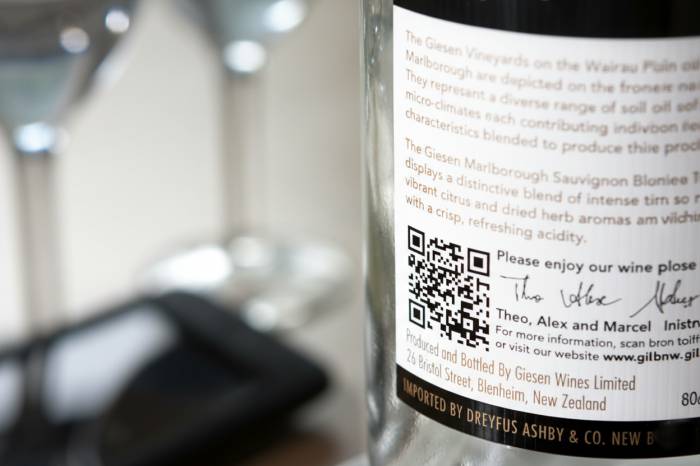Most French Wines Meet New EU Labeling Rules but Digital Access Issues Persist
Survey finds widespread compliance with ingredient disclosure yet highlights problems with QR code reliability and information completeness
2025-09-22

A recent survey by the French consumer association CLCV (Consommation Logement Cadre de Vie) shows that most wine producers are complying with new European labeling rules for the 2024 vintage. The regulations, which took effect for wines produced after December 8, 2023, require that ingredients and nutritional information be provided to consumers. According to the CLCV, 96% of wines from the 2024 vintage meet these requirements.
The preferred method for sharing this information is through a QR code printed on the bottle label. The survey found that 90% of producers use a QR code rather than listing details directly on the label. However, the investigation also revealed that about 20% of these QR codes do not work properly or lead to incomplete or inconsistent information. Some codes were inactive, while others failed to provide all the required data.
The CLCV points out that while digital communication is a useful tool, it must ensure that information is accessible and reliable for consumers. The association urges the wine industry to consider maintaining some physical labeling so that essential information can be seen at a glance without needing a smartphone or internet connection.
For many years, wine was exempt from listing full ingredients and nutritional values, with only allergens such as sulfites required on labels. The new European rules now apply to all wines produced from late 2023 onward. The CLCV is also calling on authorities to extend these labeling obligations to other alcoholic beverages and spirits, not just wine.
The survey highlights both progress and ongoing challenges as the industry adapts to stricter transparency standards. While most producers are following the new rules, there are still gaps in how information is delivered to consumers. The CLCV says it will continue monitoring compliance and advocating for clear, accessible labeling across all alcoholic drinks.
Founded in 2007, Vinetur® is a registered trademark of VGSC S.L. with a long history in the wine industry.
VGSC, S.L. with VAT number B70255591 is a spanish company legally registered in the Commercial Register of the city of Santiago de Compostela, with registration number: Bulletin 181, Reference 356049 in Volume 13, Page 107, Section 6, Sheet 45028, Entry 2.
Email: [email protected]
Headquarters and offices located in Vilagarcia de Arousa, Spain.